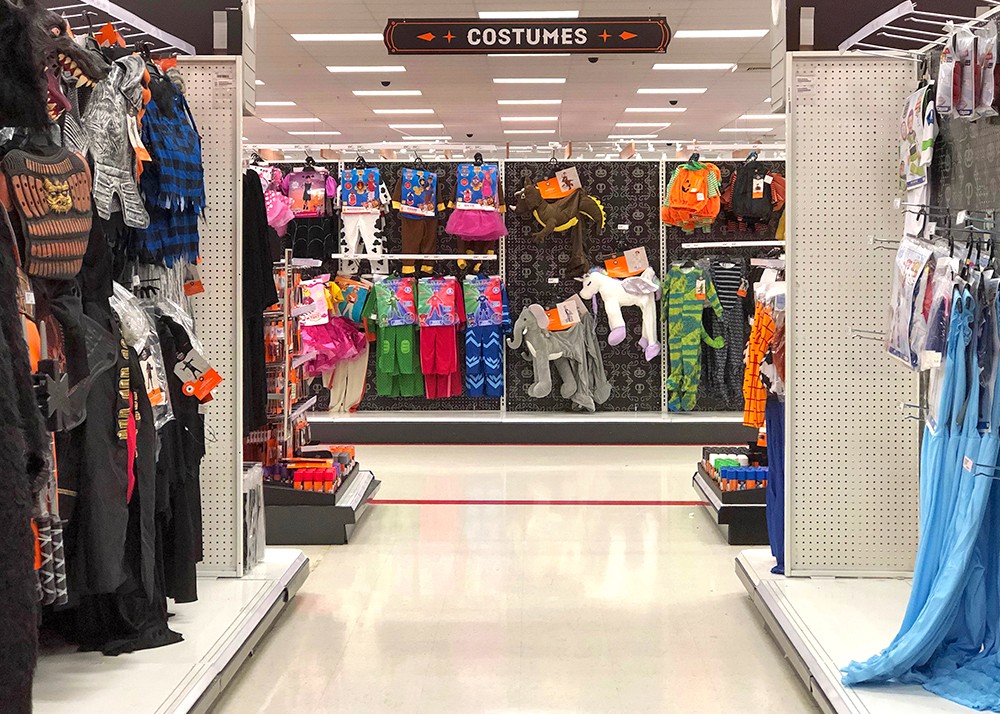
The buying power of Gen Z
The latest Consumer View report by the National Retail Federation has illustrated just how much influence Gen Z has in household purchasing decisions, with teens and pre-teens often involved in both the research and purchase of both their own and household products.
For retailers, it means their marketing efforts and customer service are not only now directed at the primary income earner in the home, but also a younger generation keen to embrace the consumer ethos.
Here’s an insight into the NRF survey and the buying power of Gen Z.
The NRF report
Each quarter the NRF checks in with consumers to understand shopper sentiment. This Fall, their focus was Generation Z – the incoming generation of shoppers who were born after 1995.
The NRF notes although many of this generation are still in their teens or pre-teens, already they hold increasing sway when it comes to the products their parents purchase on their behalf and also for the household.
Meanwhile, many are coming of an age where they have disposable income of their own.
“Gen Z is responsible for a fundamental shift in the way families shop, the NRF reports. “This is having an impact on the retail industry.”
The influence of Gen Z
According to the NRF findings, nearly 9 in 10 parents say their children influence at least some of their purchasing decisions.
The report found:
- Gen Z influences 47 per cent of purchases made on their behalf
- Gen Z influences 46 per cent of purchases made for a household
- Over 4 in 5 parents say they involve their children in purchases more than their own parents did with them.
When it comes to how that influence is exercised and what aspect of purchasing is affected:
- 52 per cent of parents said it influences the brands they consider
- 48 per cent noted it influenced the product features they viewed as important
- 41 per cent indicated it affected the specific retailers they consider purchasing from
Gen Z and the purchasing journey
The report also noted Gen Z is involved in all stages of the purchasing journey, but it is in the early phases that their input is most often sought by parents and valued most.
Almost three-quarters of parents (72 per cent) typically involve Gen Z in the researching phase; 51 per cent involve them directly before purchase when checking things like availability; 26 per cent when placing an order or at the checkout; and 12 per cent when making a review or return.
Where Gen Z has the most sway

Not all products or purchases attract Gen Z interest or influence, with clothes, outings, toys and food purchases the most likely areas where they will have an input.
Meanwhile, it’s not just their parent’s money they are spending. The report notes Gen Z is also keen to use their hard-earned cash on the items they love, with entertainment purchases such as apps, books/music and toys/games among their favoured items.
Products that Gen Z is most likely to have purchasing input into, or purchase themselves are:
- Toys and games – 92 per cent
- Clothes and shoes – 91 per cent
- Food and drink – 88 per cent
- Dining out – 87 per cent
- Events and outings – 85 per cent
- Books and music- 85 per cent
- Electronics – 81 per cent
- Personal care – 81 per cent
- Travel – 79 per cent
- Apps – 78 per cent
- Sports equipment – 78 per cent
- Digital streaming – 74 per cent
The retail takeaway
No longer is the influence of children in the purchasing journey and decision making simply ‘pester power’. Parents are actively involving their children in all areas of the retail process.
Meanwhile, Generation Z is beginning to enter consumerism armed with their own income and that’s set to increase in the coming years.
For retailers, it means this generation of household influencers needs to be considered in both the marketing of products and the customer journey, as the NRF explains:
“The increasing influence children have on family spending will have a direct impact on the ever-evolving retail landscape. Retailers have the opportunity to tap into this behaviour and support all-inclusive family shopping.”


